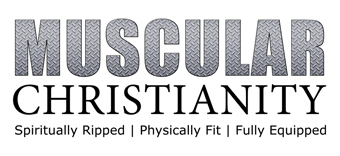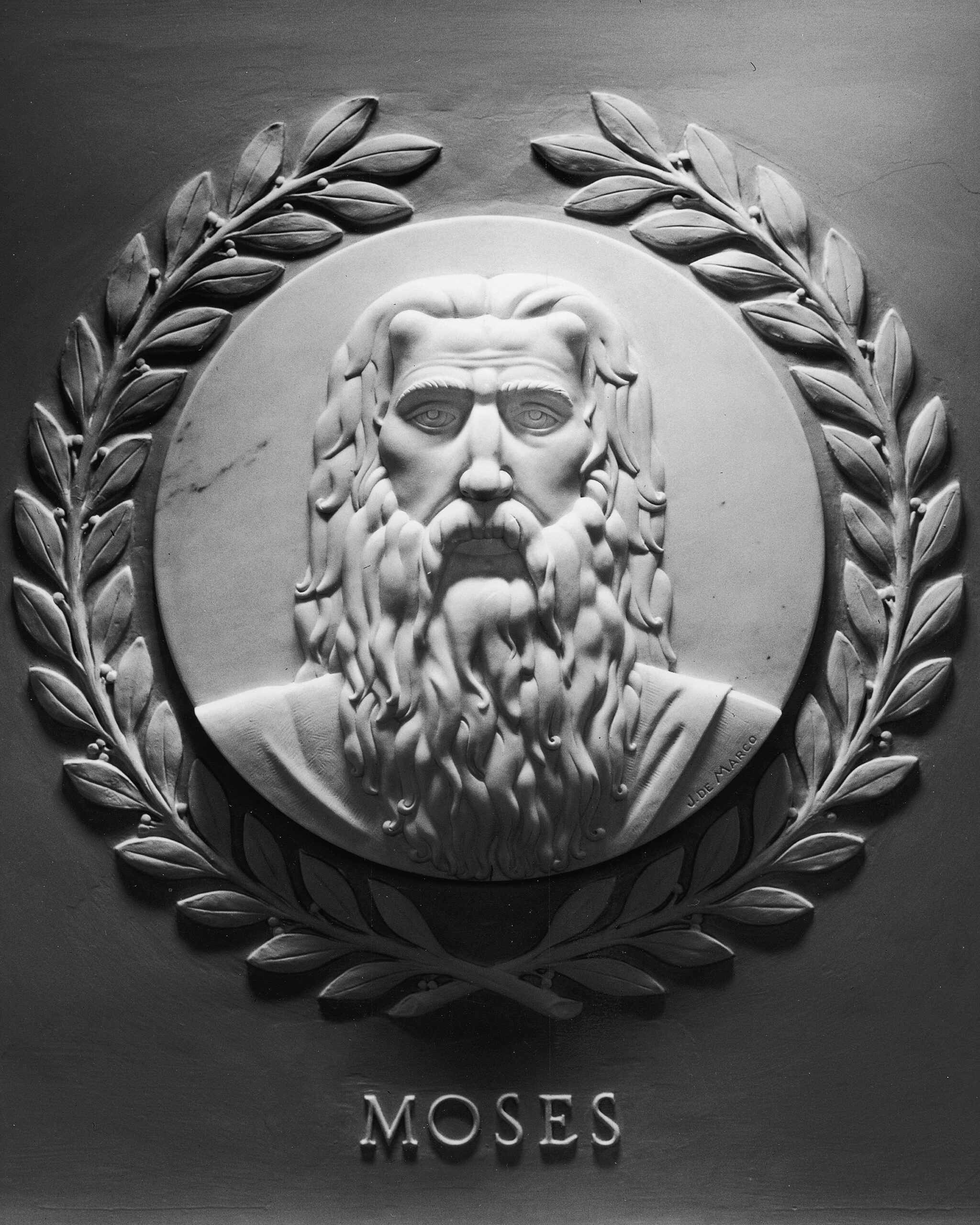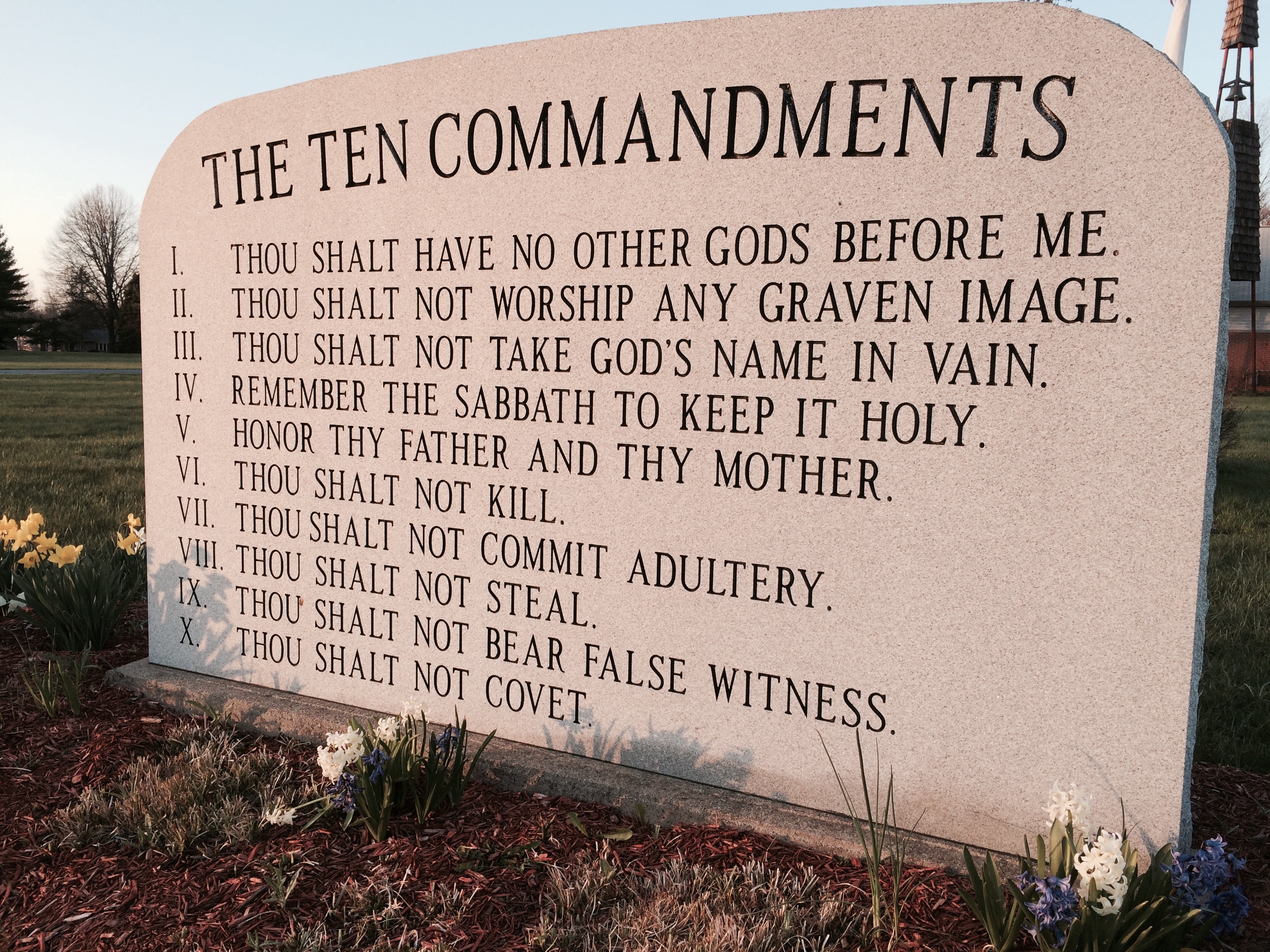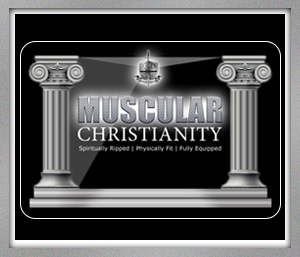Ten Questions Christians Can’t Answer – Part II
This is Part II of “Ten Questions Christians Can’t Answer” – a response to a video on youtube that suggests that the questions being posed can’t be adequately responded to by believers. This article demonstrates that such is not the case. To access Part I, click here.
6) When Jesus rose for the grave, how many women went to the tomb and which ones?
The gospel writers reference several women, both at the tomb as well as at the foot of the cross. Matthew 27:55 says that there were “many women” standing at a distance from the cross as Jesus was dying. Luke doesn’t ever name any of the women, he just refers to them as “the women” (Lk 23:49, 55). And with the exception of Mary Magdalene, Matthew, Mark and John reference either different women or use different descriptions to identify those who were there.
If Matthew’s “mother of James and Joses” is John’s “wife of Clopas” and the woman John describes as “Mary’s sister” is the woman Mark calls “Salome,” you’ve got a total of four women and it looks like this:
| The Women at the Cross (each color represents one particular woman that’s described differently by the gospel writers) |
|||||||
| verse | Mary (Jesus’ mother) | Mary Magdalene | Mary, wife of Clopas | Mary, mother of James and Joses |
Mary’s sister | mother of Zebedee’s sons |
Salome |
| Matt 27:56 | ✔ | ✔ | ✔ | ||||
| Mk 15:40 | ✔ | ✔ | ✔ | ||||
| Jn 19:25 | ✔ | ✔ | ✔ | ✔ | |||
While you have four different accounts, at no time does Matthew or John state that the women they reference were the only ones present, they simply chose to acknowledge a particular person or persons. Same thing with Mark. He only lists three, but he doesn’t qualify his trio to the point where he rules out the possible presence of other women.
Bottom line is we don’t know for certain who all was there, all we can do is connect the dots as they appear in Scripture. We can be confident that Mary’s mother was there along with Mary Magdalene. As far as the other two Mary’s and Salome, all we do is speculate as to whether or not the wife of Clopas was the mother of James and Joses and Salome was Mary’s sister.
You’ve got the same kind of dynamic at the empty tomb. Again, Luke refers to them as “the women” (Lk 24:1). Matthew, Mark and John again highlight certain personalities that were present:
| The Women at the Empty Tomb | ||||||
| verse | Mary Magdalene | Mary, the mother of James | the other Mary | Salome | ||
| Matt 28:1 | ✔ | ✔ | ||||
| Mk 16:1 | ✔ | ✔ | ✔ | |||
| Jn 20:1 | ✔ | |||||
Thanks to having looked at the way the same writers referred to “the women” at the foot of the cross, it’s not unreasonable to speculate that Matthew’s “other Mary” is the woman he described as “Mary, the mother of James and Joses” in chapter 27. That means that he and Mark are probably referring to the same woman in their respective accounts, as far as the “other Mary.” Matthew doesn’t mention Salome and John only references Mary Magdalene.
So, of “the women” that were present, we know of three for certain, although there might’ve been others. Mary Magdalene is a definite as well as “the other Mary” and another woman named Salome.
Over the years, several great minds have tried to more specifically identify the players that were present. Again, we’re looking at a situation where the Bible doesn’t clarify things as well as we might like, but there are two things we want to avoid in these kinds of situations:
#1 – fail to appreciate the big picture
#2 – attempt to edit Scripture in order to manufacture a scenario that’s easier to process
Dr. James D Tabor does a great job of presenting a case for Mary, the wife of Clopas, to being the mother of Jesus based on the fact that Joseph, Jesus’ father, is conspicuously absent from the New Testament shortly after his having brought his young family back to Nazareth from Egypt (Matt 2:19-23). It would’ve been customary for the brother of the deceased husband to marry the widow based on Jewish law. When you couple that with the fact that Clopas was the father of James and Joses and Jesus had two brothers named James and Joses, it becomes fairly obvious that Mary, the mother of Jesus and Mary, the mother of James and Joses (wife of Clopas) are actually the same person.
Should that prove to be accurate, the women at the tomb, based on Dr. Tabor’s theory and a comprehensive snapshot of Scripture would be:
- Mary Magdalene
- Mary – the mother of Jesus, James and Joses
- Salome
That sounds downright compelling right up to the point where he suggests that the book of John has been edited.1 Regardless of how “logical” a particular explanation may be, if it involves having to change the content of the Bible in order for it to work, at that point the Bible is no longer inerrant and you no longer have the Word of God, rather you have a flawed text.
Granted, what we have with the gospel writers is not conclusive in terms of the women that were there at the empty tomb. It’s not that they contradict one another as much as their decision to reference certain women in lieu of others results in a list of characters that’s speculative. But it’s not who was at the tomb, it was the fact that no one was in the tomb – that’s the point the gospel writers are making. It could very well be that there was a whole congregation of women at the tomb which would mean that neither Matthew nor Mark nor John chose to document everyone that was present. But that doesn’t mean that their respective accounts are contradictory, nor should it distract from the fact that Christ had risen from the grave.
So, the short answer to our critic’s question is three, based on what we have in Scripture coupled with some speculation. But in the end, the emphasis should not be on who was not AT the tomb, rather the issue is Who was not IN the tomb!
Click here to read Part III!
1. “Something seems to be going on here. John knows something that either he, or those who later edited his gospel, chose to veil.” This is a portion of the post made by Dr. James D. Tabor entitled “Sorting Out the Jesus Family: Mother, Fathers, Brothers and Sisters at http://jamestabor.com/2012/12/27/sorting-out-the-jesus-family-mother-fathers-brothers-sisters/, accessed May 31, 2015















Leave a Reply
Want to join the discussion?Feel free to contribute!